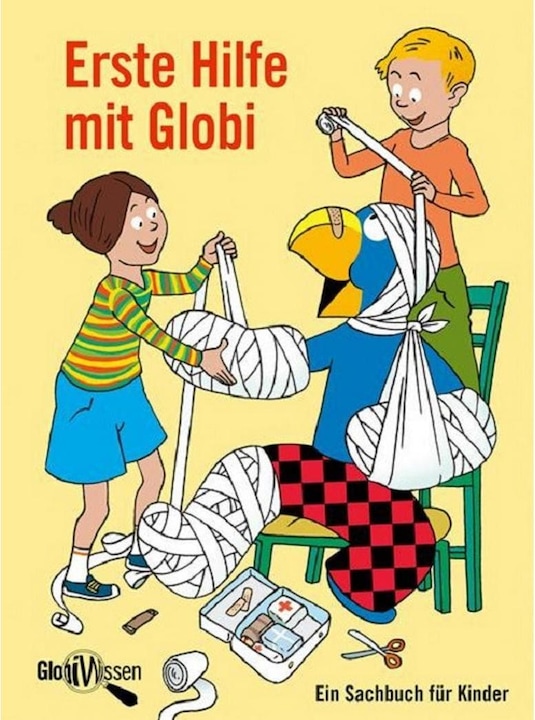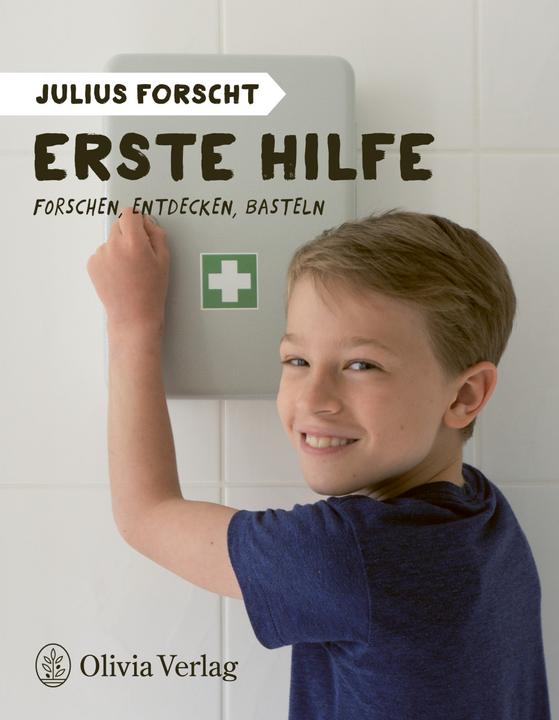

Children save lives: practise first aid from pre-school age
Even schoolchildren are capable of providing first aid in an emergency - if they have been trained accordingly and practise in an emergency. A study now shows that even four-year-olds can save lives in emergency situations.
Many adults have taken a first aid course at least once in their lives - at the latest when they are required to do so for their driving licence. But what if, in an acute emergency situation, only a child would be able to help? A study entitled "Kids save Lives" has now shown that schoolchildren are not only highly motivated to learn first aid methods, but can also make a decisive contribution to saving lives, even at pre-school age.
Actively learn and practise first aid from an early age
Only two to 20 per cent of those who suffer a cardiac arrest survive. This is also due to the fact that many people are reluctant to provide first aid in such cases. This is often due to uncertainty about how to act correctly. Experts agree that this can only change if children are taught and practise what to do in extreme situations.
The team from the International Liaison Committee on Resuscitation has now come to the conclusion that even four-year-old children are able to understand an emergency situation and dial the emergency number. From the age of six, most children are also able to communicate the necessary information. A body weight of 40 to 50 kilograms is required for regular chest compressions, so first aid courses where the correct steps can be practised are useful from the age of around ten years.
However, the authors of the study recommend getting children interested in first aid at preschool age in order to help them overcome their fear of becoming active in an emergency. The basic measures for resuscitation should then be actively practised in primary school.
Do you remember what to do in the event of a cardiac arrest? Check responsiveness, make an emergency call and start chest compressions. It can be that easy to save a life.
Here are the basic steps again in a funny way:
Cover photo: Matej Kastelic/Shutterstock
Science editor and biologist. I love animals and am fascinated by plants, their abilities and everything you can do with them. That's why my favourite place is always the outdoors - somewhere in nature, preferably in my wild garden.
From the latest iPhone to the return of 80s fashion. The editorial team will help you make sense of it all.
Show all